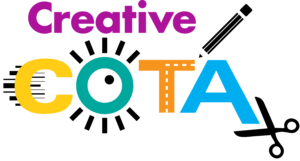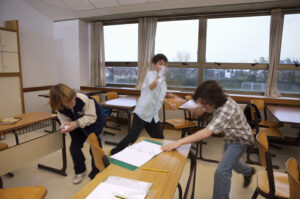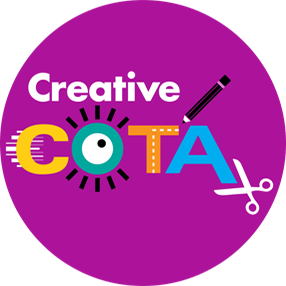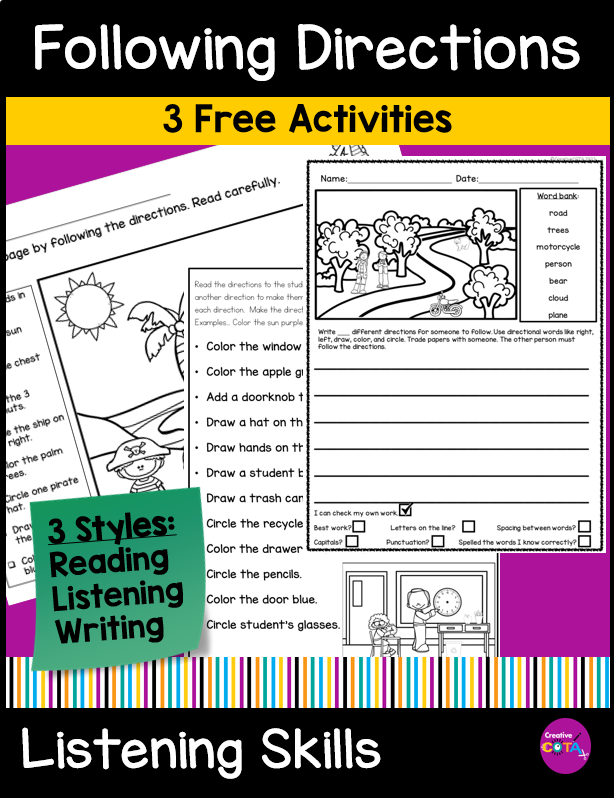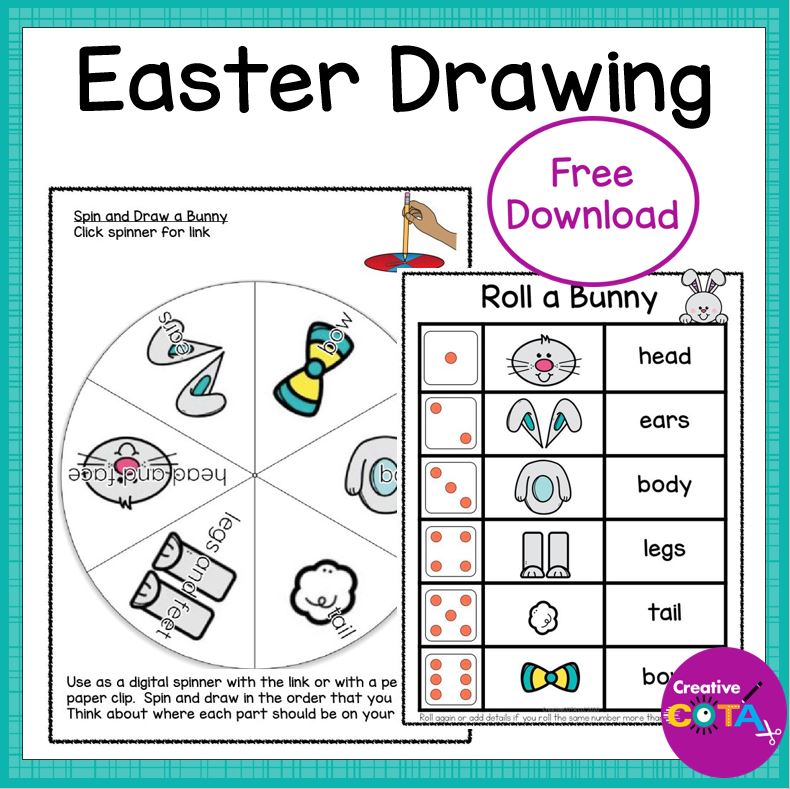
As the holiday season approaches, educators and therapists alike seek engaging activities that seamlessly integrate skill-building into festive fun. This free Roll a Bunny activity is the perfect addition to your Easter-themed repertoire, offering a delightful way for kids to hone their visual perceptual and fine motor skills. Whether used as a rewarding activity for early finishers, a dynamic addition to math centers, or an interactive element in occupational therapy sessions, this resource brings a blend of excitement and skill development to the holiday season.
Engaging Visual Perceptual and Fine Motor Skills: This free Roll a Bunny transforms the holiday spirit into a skill-building adventure. Students roll the dice and engage in various tasks that stimulate visual perceptual abilities and fine motor coordination. From drawing and coloring to tracing and cutting, each activity is designed to enhance these essential skills in a playful and festive context.
Versatility for Different Settings: This free activity isn’t just limited to the classroom; it’s a versatile resource that can be used in a variety of settings. Whether you’re a teacher looking for engaging early finisher tasks or an occupational therapist seeking creative ways to address fine motor skills, Roll a Bunny caters to a variety of settings and learning environments.
Perfect for Occupational Therapy: Occupational therapy activities are essential in addressing the unique needs of students, and Roll a Bunny aligns seamlessly with these objectives. Therapists can leverage this resource to make skill-building enjoyable for students, fostering a positive association with learning and development.
An Easter Holiday Favorite: Roll a Bunny isn’t just an educational tool; it’s a festive holiday favorite that adds an element of Easter cheer to your learning spaces. As students immerse themselves in the joyous tasks, they’ll be acquiring and refining skills without even realizing it.
Embrace the holiday spirit with Roll a Bunny, a free activity that encapsulates the essence of Easter while nurturing vital skills. From visual perceptual challenges to fine motor tasks, this engaging resource is a valuable addition to your toolkit. Whether you’re fostering a dynamic classroom environment, enhancing occupational therapy sessions, or providing fun math centers, Roll a Bunny ensures that holiday learning is both festive and skill-focused.
Check out this Easter Post for more ideas and activities for your classroom or therapy sessions. You can also check out more Easter options in my Free Resource Library or in my TPT Store.
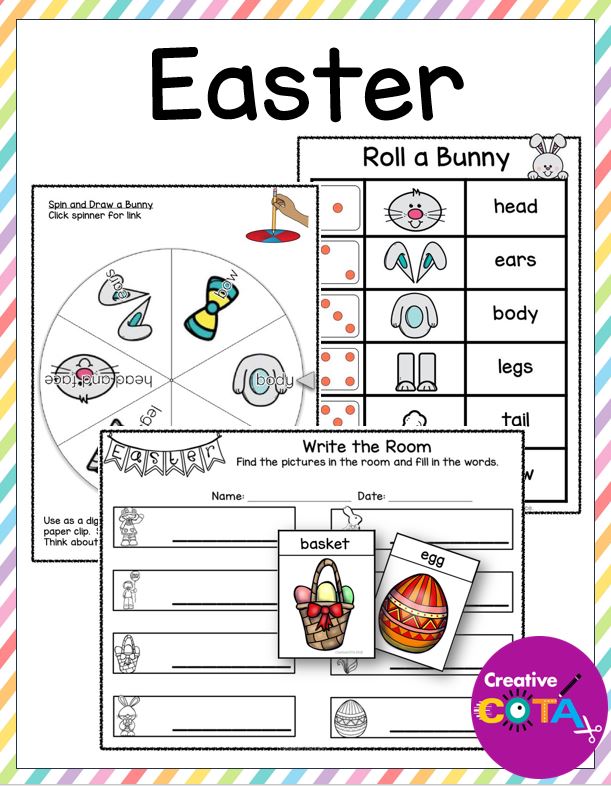
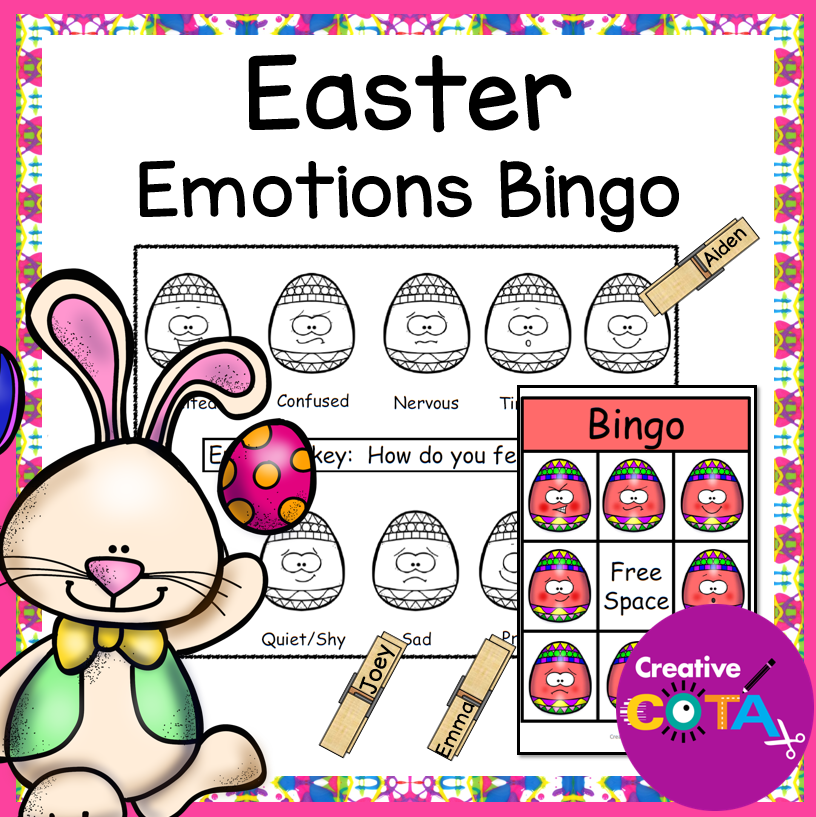
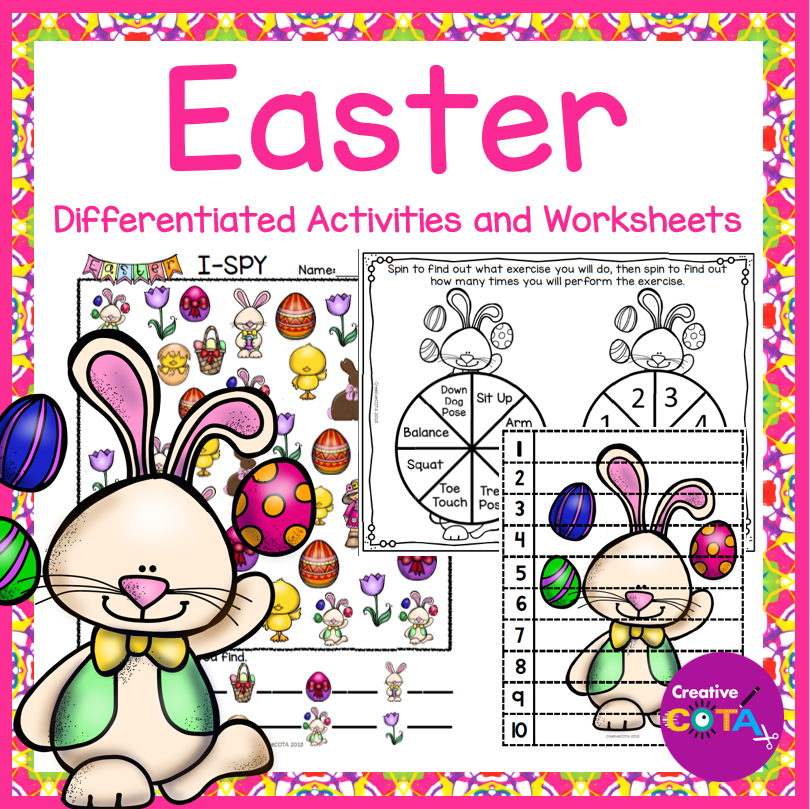
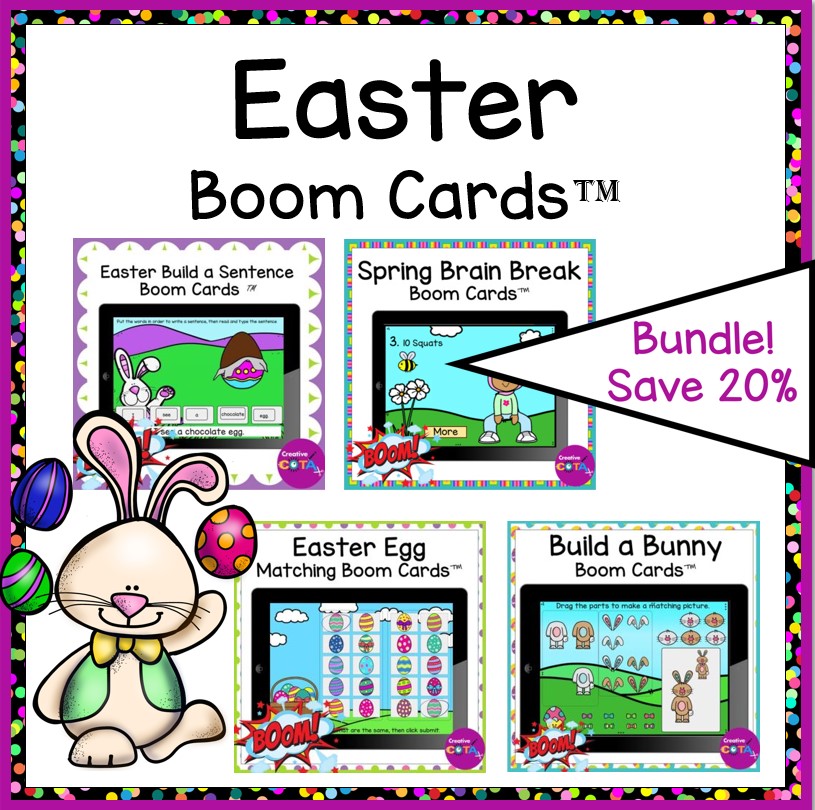
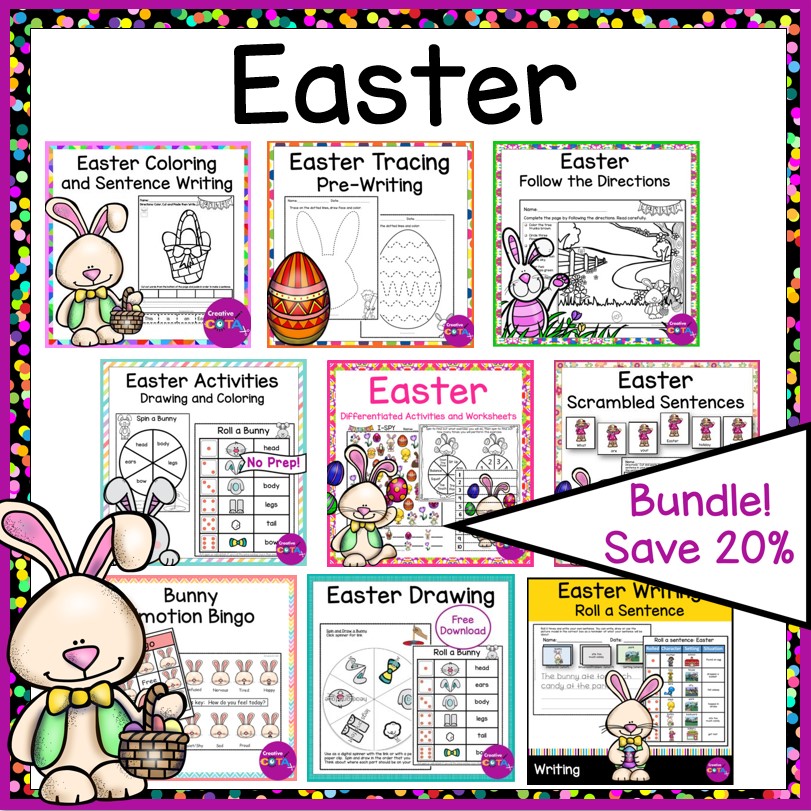
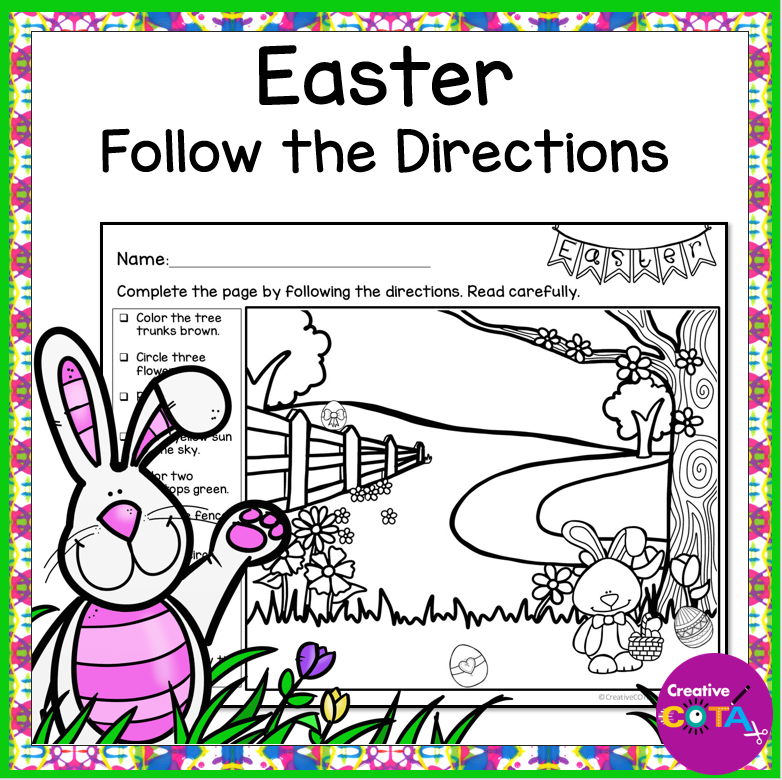
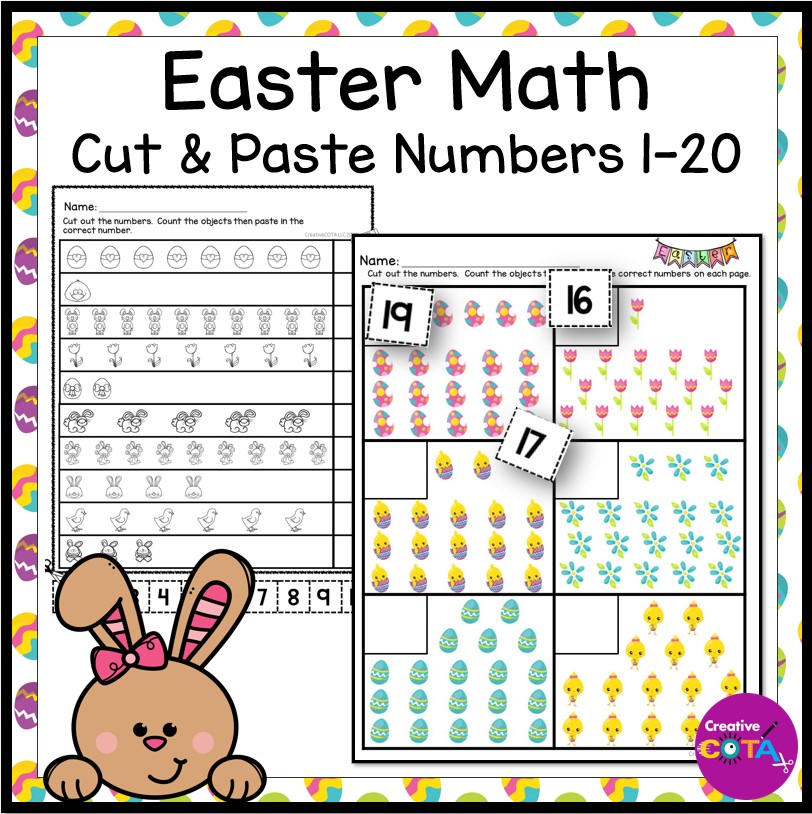
HOW TO USE ROLL AN EASTER BUNNY
- Download and print the Free Easter PDF. You will need a die to complete the activity.
- Provide your students with a copy of the activity you choose:
- ROLL A BUNNY
- SPIN A BUNNY
- DRAW A BUNNY
- ROLL AND COLOR A BUNNY
- Have students take turns rolling to complete their picture.
- They must add the parts in the order that they roll.
- If they roll the same number they can roll again, lose a turn, or choose to add more details to their picture. Maybe their leprechaun will have 4 arms or 2 heads if they want to make it silly.
- The first player to complete the picture is the winner! Also, I always let everyone complete their pictures at the end whether they win the game or do not win the game.
TIPS: You may need to provide a completed picture as a model for your students. You can also choose to play in a non-competitive way and have the students take turns until everyone completes their picture.
Improve Visual Perception and Planning Skills with Roll & Draw Activities
Difficulty processing visual information and poor visual-motor coordination skills can lead to problems with reading, spelling, handwriting, drawing, math, and comprehension. Use these fun visual perception drawing activities to help your students improve their drawing and planning skills. Visual perception is the skill needed for a child to make sense of what they see. Help their brains interpret the information they are taking in all day long with these activities.
About the Author
I am a Certified Occupational Therapy Assistant (COTA) and have been working in a public school system for more than 25 years. My resources can be found on TPT, BOOM Learning, Made by Teachers, Classful, and Your Therapy Source. Thank you for your interest in my resources and ideas. I hope you will consider following my journey on TPT or wherever you wish to shop.
My mission is to help you find creative ideas to incorporate fine motor, visual perception, gross motor, and social-emotional learning into your lessons.
I hope you consider signing up for my Free Resource Library with your Email. I send out emails about once a week and share resources, tips, and planning ideas for your classroom or occupational therapy needs. Hopefully, these help your students work on building their skills in a fun and engaging way.

